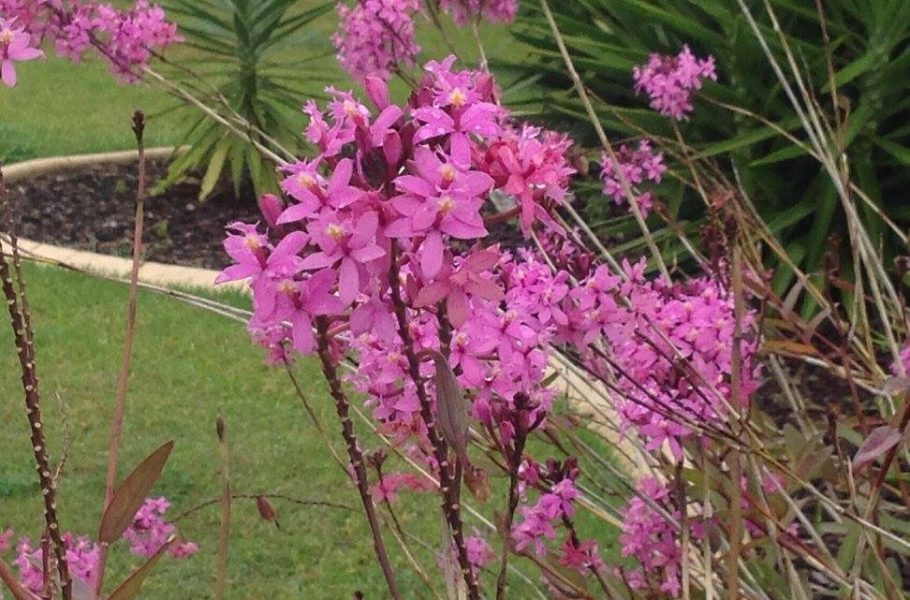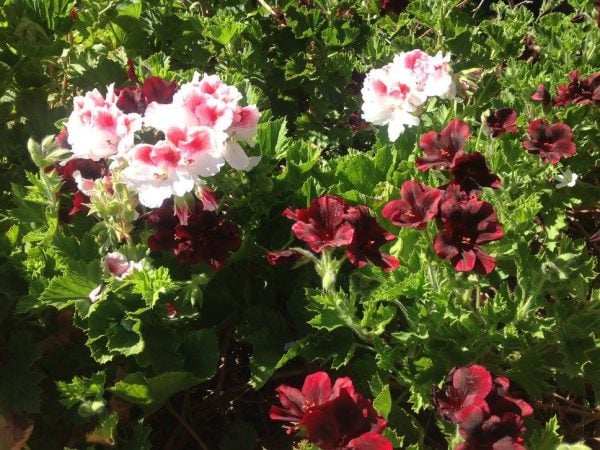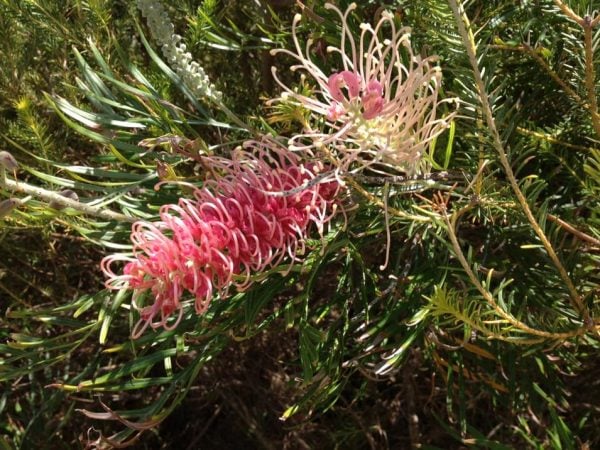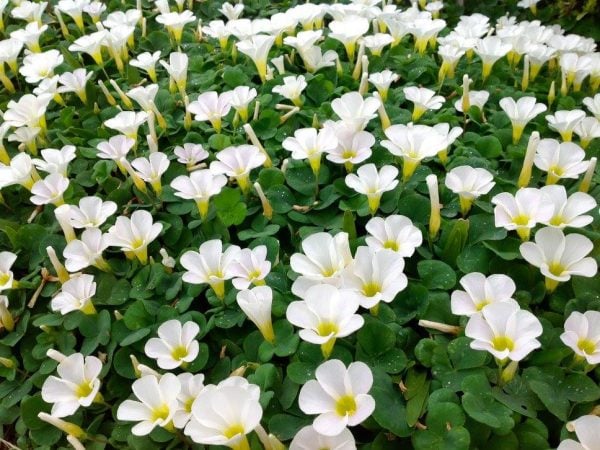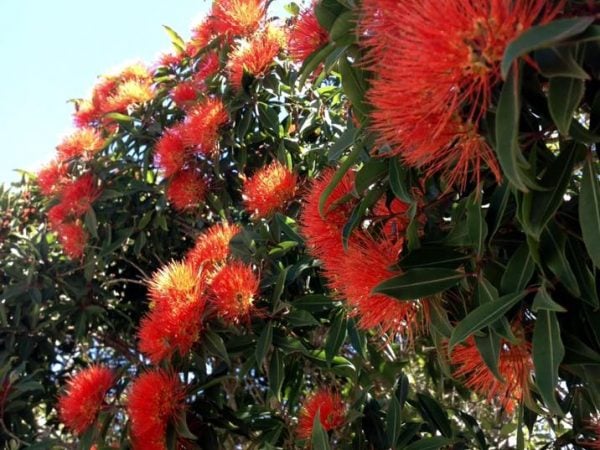Remember these tips are a guide only. Your individual situation may require professional help.
The 1st August is NSW Wattle Day and has been since 1916, though the national day is 1st Sept. The splendour of wattles in bloom can be enjoyed from now on, particularly along roadside verges. This month is winter’s back door and very shortly we will be enjoying the wafting perfume of Freesias, my favourite scented flowers.
Gorgeous Magnolia x Soulangeana varieties will have been in full bloom in many districts already, with explosions of various shades of pink and white. Now is still the time to renovate and prepare your gardens for warmer days ahead. Many plants can be shifted or divided, such as perennials. Prune hydrangeas. Thin out and mulch strawberries using straw or sugar cane.
Prune Callistemons, Grevilleas and other natives which have finished flowering. Check for aphids on new growth of plants and treat with warm soapy water or just blast them off with the hose (remembering soap is a chemical too). Keep annuals moving with liquid fertiliser. Think about planting Petunias.
Fertilise perennials and shrubs. Use any combination of cow manure, pelletised chicken manure and blood and bone. Then mulch. Fertilise citrus. I used to use chemical fertilisers but I have changed my view of these and now avoid them, as I believe they lock up certain elements. I stick to compost and manures. Maybe use one with trace elements. Later this month think about planting salad vegetables and fertilising the lawn.
Again, I use caution to minimise the use of chemicals. If you want to have a go at lawn weeds you can use appropriate products, though success will depend on many different factors (ask at your local nursery). If you leave Bindii till spring you may be too late. Only if it dries out, begin deep periodic watering of the lawn as spring draws closer. Lightly prune Camellias which have finished flowering. Allow foliage of spent bulbs to die back. Plant rhubarb, azaleas, Camellias, bare rooted roses. Be mindful of frosts. When that sun comes out it’s worth the wait and after all, the cold weather doesn’t last too long here. In no time at all we will have spring flowers. Winter can be a very enjoyable and colourful affair for gardens, provided you have the appropriate plants. Camellias have been absolutely magnificent. Jonquils, in some places Daffodils, Snowdrops and other winter & spring bulbs are flowering. A number of annuals such as Pansies, if planted earlier, are filling gardens with colour. Keep these moving with liquid fertiliser. Certain Azaleas and Grevilleas are in bloom, along with Banksias and magnificent flowering gums. Then there are Cyclamen, Bromeliads, Bergenias (one of my favorites, commonly called Pigsqueaks) and many others. The colourful foliage of numerous plants is another dimension. Oranges and lemons are producing, so those who have these can enjoy their contribution to the cool weather colour spectrum. My Thai chillies have been loaded with super bright red produce. So winter is certainly not a dull time in the garden.
Make it a habit to walk around and poke about in your gardens all year round on a daily basis if possible. Eternal vigilance is one of the major keys to gardening. Depending on your location and the weather, keep an eye on ground moisture. Don’t over water garden areas and lawns which are already moist. Remember to shove a trowel in and monitor the need for water. However, be aware of areas which may not have taken in much water or which dry out easily.
Garden mulch should be topped up if needed to maintain moisture, soil warmth and reduce shallow rooted weeds. Noxious bulbous weeds, such as onion weed and Oxalis should also be kept under control by careful removal (so as not to disperse tiny side bulbs), or if in an appropriate area, by spraying with glyphosate based sprays (follow label directions).
Beware of snails and slugs which thrive in the current moist environments created by the rains we have received. The tiny snails are hard to see and will often defoliate plants before you realise. Check the underside of leaves. Use snail bait (where necessary) and hand removal (squashing). Check for snails hiding under the rims of pots and try to remove unnecessary hiding places around the garden. There is child/lizard/pet friendly snail bait available, though it dissolves quickly. The more toxic ones last longer but caution should be used so that your pets don’t eat them.
As a general rule, keep outdoor pot plants slightly moist but not too wet at this time, especially while it is so chilly. If you use water crystals in your potting mix (don’t overdo this) it will help to prevent the mixture drying out. You can also place mulches around some potted plants. Because it is cold and damp outdoors, it is easy to forget about and neglect them.
A lot of herbs will not be in season now and will have to wait for spring. Encourage them with liquid fertiliser.
Don’t mow lawns too low. Most Australians mow lower than a snake’s belly. Look at Camellias at the nursery while they are in flower to decide which ones you may want. Be mindful of their eventual size. They make excellent container specimens and their growth can be kept to a manageable size by growing them this way.
Prune roses and treat with lime Sulphur 20ml/litre to combat pests. Also remove wild rose rootstock suckers growing from the roots as they appear. If your soil is workable, add well aged cow manure and a sprinkling of blood and bone to help condition your soil prior to spring. Even a layer on top covered with mulch, such as sugar cane will help.
Finally, if you would like to divide perennials or move plants, now is a great time.

